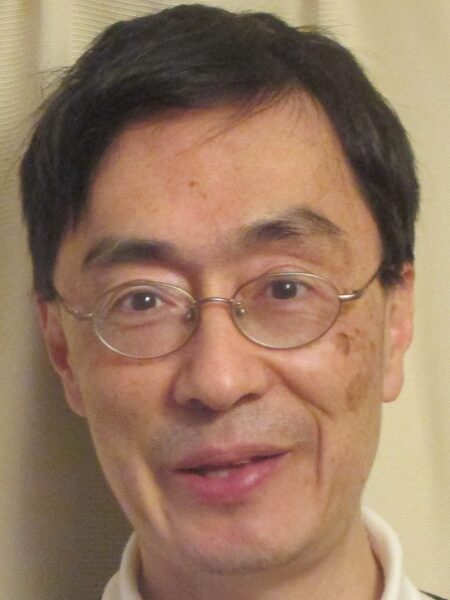【Seminar】Theory of edge states and charge transport in unconventional superconductors

Description
Speaker: Yukio Tanaka(Department of Applied Physics, Nagoya University)
田仲由喜夫 – 物性基礎工学研究グループ 田仲・川口研究室 – 名古屋大学
Title: Theory of edge states and charge transport in unconventional superconductors
Abstract:
It is known that many metals change into a superconducting state at low temperatures when conduction electrons form electron pairs and undergo Bose condensation. Meanwhile, the electrical transport properties of superconducting junctions are governed by the tunneling effect. The theory of the tunneling effect of superconducting junctions was established in the 1960s for conventional metallic superconductors but did not exist for unconventional superconductors like spin singlet d-wave or spin-triplet p-wave superconductors.
In the 1990s, stimulated the debates of the pairing symmetry of high Tc cuprate, we derived a theory of tunneling effect and Josephson effect in d-wave superconductor and contributed the determination of the pairing symmetry of cuprate. It was clarified that the surface Andreev bound states (SABS) called edge states have a crucial role in the quasiparticle tunneling and Josephson current [1]. The physical origin of these edge states is clarified by the topological invariant defined in bulk Hamiltonian [2]. Furthermore, it is recognized that all nodal superconductors can be regarded as topological superconductors with edge states [2-4].
We have also clarified that in spin-triplet p-wave superconductor junctions, the edge states can penetrate from the superconductor into the diffusive normal metal, as the anomalous proximity effect, which is a novel proximity effect in which the quasiparticle density of states in the diffusive normal metal peaks at zero energy [5]. It has been theoretically elucidated that this originates from odd-frequency electron pairs[3,6], which are unique electron pairs that do not form pairs at the same time called odd-frequency spin-triplet pairing [7,8].
Recently, we have developed a full counting statistics theory for unconventional superconductor / normal metal junctions and obtained the differential Fano factor, the ratio of differential noise power, and conductance. We have found that SABS shows a remarkable behavior that has never been discussed in conventional superconductor junctions before [9].
[1] Y. Tanaka and S. Kashiwaya, Phys. Rev. Lett., 74, 3451, 1995,
S. Kashiwaya and Y. Tanaka. Rep. Prog. Phys. 63, 1641, 2000.
[2] M. Sato, Y. Tanaka, K. Yada and T. Yokoyama, Phys. Rev. B 83, 224511, 2011.
[3] Y. Tanaka, M. Sato, N. Nagaosa, J. Phys. Soc. Jpn. 81, 011013, 2012.
[4] 超伝導接合の物理 田仲由喜夫 (名古屋大学出版会) 2021年
[5] Y. Tanaka and S. Kashiwaya, Phys. Rev. B, 70, 012507, 2004.
[6] Y. Tanaka and A. Golubov, Phys. Rev. Lett. 98, 037003, 2007.
[7] V. L. Berezinskii, JETP Lett. 20 , 287 (1974).
[8]F. S. Bergeret, A. F. Volkov, and K. B. Efetov, Rev. Mod. Phys. 77 , 1321 ( 2005 ).
[9] T. Kokkeler, A. Golubov, F.S. Bergeret and Y. Tanaka, arXiv:2411.02011 (2024).
Add Event to My Calendar
Subscribe to the OIST Calendar
See OIST events in your calendar app





